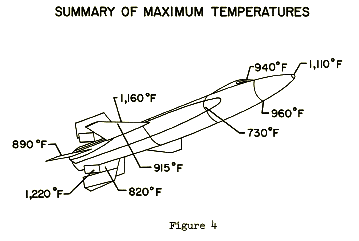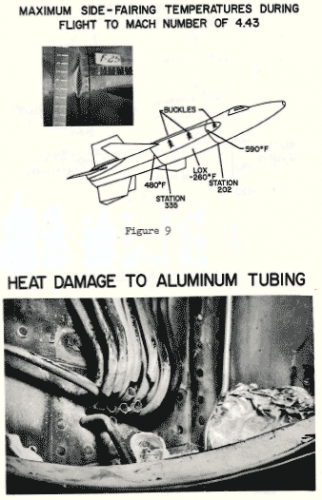KJ_Lesnick
ACCESS: Top Secret
- Joined
- 13 February 2008
- Messages
- 1,042
- Reaction score
- 110
Lee,
Thanks! Just curious... if the Blackbird was constructed out of Beta Titanium that could take 1,000 to 1,200 C max... isn't that pretty close to the re-entry temps for the space-shuttle?
While the metal wouldn't likely reach incandescence at those temperatures... wouldn't the air itself glow like the fireball around the shuttle when it re-enters the atmosphere?
What factors would other than aircraft temp cause the air around a plane to glow or not glow?
KJ
Thanks! Just curious... if the Blackbird was constructed out of Beta Titanium that could take 1,000 to 1,200 C max... isn't that pretty close to the re-entry temps for the space-shuttle?
While the metal wouldn't likely reach incandescence at those temperatures... wouldn't the air itself glow like the fireball around the shuttle when it re-enters the atmosphere?
What factors would other than aircraft temp cause the air around a plane to glow or not glow?
KJ



